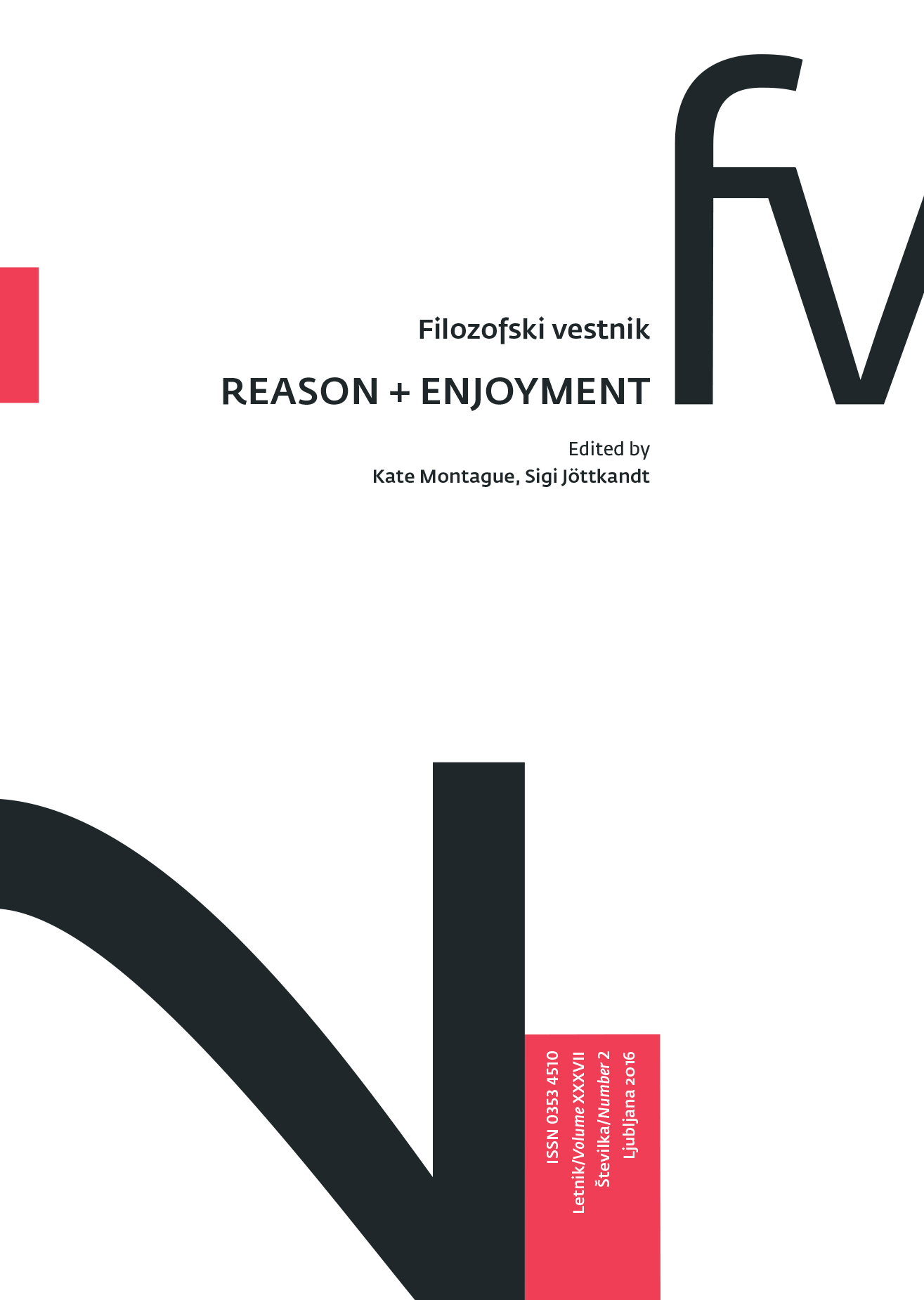Prikazen na platnu
Ključne besede:
film, animacija, unheimlich, Jacques Derrida, Jean Baudrillard, Jacques LacanPovzetek
V skladu z avtorjevim širšim projektom prikazati ključno vlogo animacije za mišljenje ne le vseh oblik, pač pa tudi vseh vidikov filma, skuša prispevek razdelati teorijo gledalstva »lastno« animaciji, se pravi, kinu, filmu, filmu »kot takemu«, kot obliki animacije – filmske animacije. Prispevek se opira na to, kar avtor imenuje »skrivna zgradba filmske animacije«, izhajajoč pri tem iz avtorjeve obravnave Gorkijeve označitve kina kot »kraljestva senc«, ki ga tvorijo nedomačnost, vrnitev smrti kot prikazni, neskončno žalovanje, melanholija in skrivna inkorporacija. Prispevek razširja njegov pojem gledalstva [spectatorship] v prikaznost [spectreship]. To prikaznost razume kot nekaj kar hkrati preganja in je preganjano, skrivnostna inkorporacija in skrivnostno inkorporirano. Prispevek tako povezuje delo Jacquesa Lacana s to animatično derridajevsko teorijo filmske animacije kot vrste prikazni, prikaznološkosti [hauntologcal], in avtorjev poziv ne le k psihoanalizi, pač pa tudi k analizi psihe filmske animacije – analizi (homerične) prikazni, ki nastopa v filmski animaciji in kot filmska animacija. Tako prispevek ne povezuje le Lacanovega animatičnega dela s področjem filmske animacije, in narobe, temveč kaže, da je to delo vselej že prisotno, tu v tisti hiši prikazni, tisti grobnici, kjer Derrida in Lacan drug drugega animatično, šifrirano preganjata, četudi jima druga takšna prikazen, Jean Baudrillard, animatično sledi kot senca.Prenosi
Podatki o prenosih še niso na voljo.
Prenosi
Objavljeno
2017-01-18
Kako citirati
Cholodenko, A. (2017). Prikazen na platnu. Filozofski Vestnik, 37(2). Pridobljeno od https://ojs.zrc-sazu.si/filozofski-vestnik/article/view/4865
Številka
Rubrike
Um + užitek
Licenca
Avtorji jamčijo, da je delo njihova avtorska stvaritev, da v njem niso kršene avtorske pravice tretjih oseb ali kake druge pravice. V primeru zahtevkov tretjih oseb se avtorji zavezujejo, da bodo varovali interese založnika ter da bodo povrnili morebitno škodo.
Podrobneje v rubriki: Prispevki





